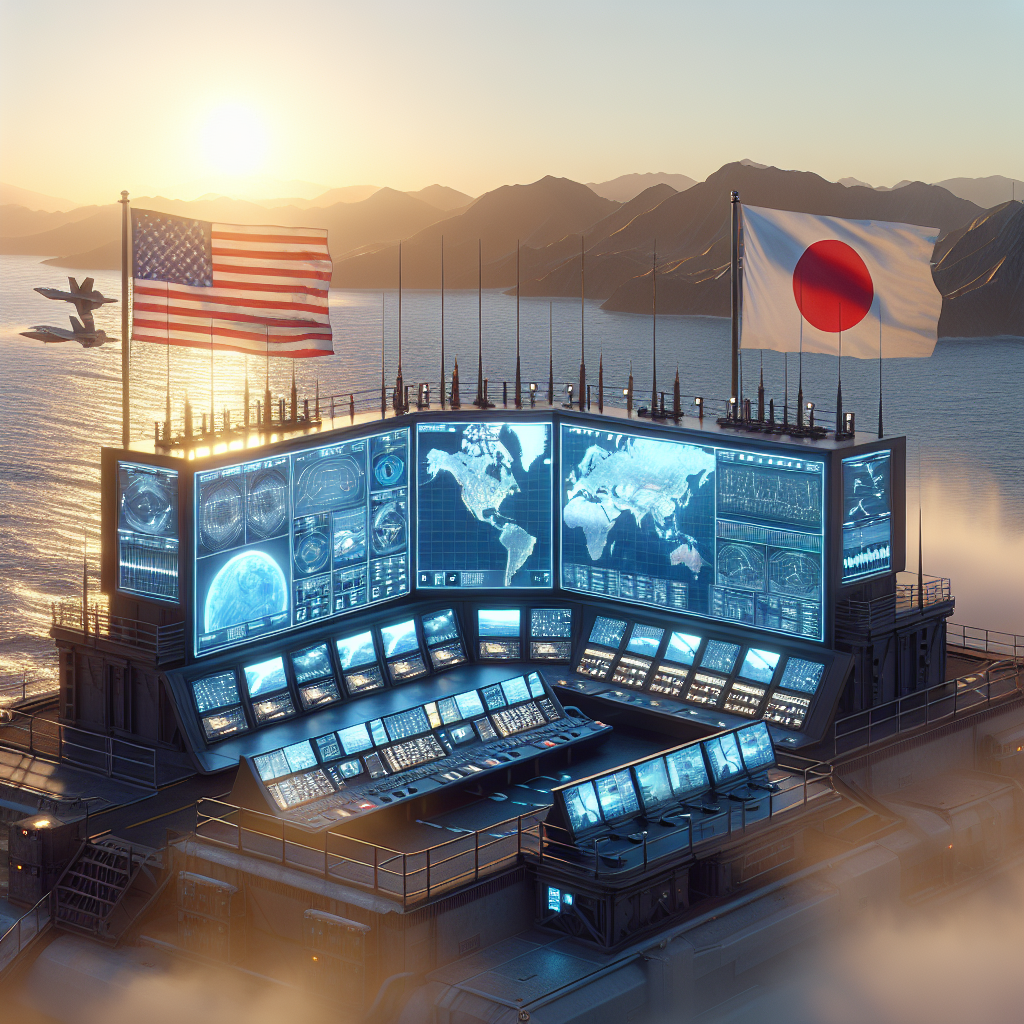Summary
In a significant geopolitical development, the United States has announced the establishment of a new advanced war-fighting headquarters in Japan. This strategic move, revealed by Pete Hegseth on Fox News, marks a critical shift in America’s long-term defense posture in the Indo-Pacific region. The base, positioned in Okinawa, aims to bolster deterrence against regional threats, particularly from China and North Korea. It constitutes the most prominent restructuring of U.S. forces in Japan in decades.
The facility, referred to as a Joint Task Force Headquarters, will enhance coordination between U.S. and Japanese forces. It reflects growing military cooperation underpinned by shared security goals and the Indo-Pacific Strategy aimed at preserving freedom of navigation and regional stability.
Hegseth underlined that this is not just about increased boots on the ground but smarter deployment. The new center will integrate multi-domain operations—land, sea, air, cyber, and space—ensuring rapid response against emerging threats. Although Japan hosts over 50,000 U.S. troops already, this centralized command structure intensifies interoperability.
Moreover, the timing of the announcement coincides with increasing tension in the Taiwan Strait and North Korean missile advancements. Japan, once confined by its pacifist constitution, is now amplifying its defense budget and leveraging its alliance with the U.S. to act more proactively.
This development not only signals America’s continued engagement in Asia but also reaffirms the strategic importance of Japan as a frontline democracy in a rapidly evolving security environment.
Analysis
The creation of this U.S. war-fighting base in Japan isn’t just a milestone; it’s a message. As rising tensions in the Indo-Pacific persist, the U.S. is clearly reinforcing its resolve to maintain security and influence in the region. This transformation also echoes broader defense industry trends, where mobile, integrated headquarters are replacing static, traditional force deployments.
Why now? The announcement comes amid growing concern about Chinese ambitions in Taiwan and the South China Sea. Experts say the U.S. and its allies must not only be present but be connected and agile.
The new base strengthens our ability to deter aggression and, if necessary, fight and win a conflict in the Indo-Pacific theater.
Pete Hegseth
The shift is also about modernization: This headquarters is designed to command complex, multi-domain operations. From artificial intelligence-supported battle planning to cyber-defense coordination, this is about matching adversaries’ capabilities on every front.
- Partners like Japan are taking on bigger roles—Japan’s defense spending will soon surpass 2% of GDP.
- Cyber and space integration is highlighting a more tech-centric approach to warfare.
- U.S. Indo-Pacific Command is evolving from defense to deterrence through posture enhancements.
Notably, Japan’s geographic location makes it an ideal staging ground. It’s close to potential flashpoints but also home to reliable infrastructure and diplomatic alignment. Experts predict this move will trigger a ripple effect, prompting further security investments by South Korea, Australia, and perhaps even the Philippines.
Moreover, this is part of a broader U.S. narrative in the Indo-Pacific: contesting Chinese influence not just militarily, but also through expanded partnerships and joint drills like RIMPAC and RECSYR.
This isn’t just about military might—it’s about shaping the regional security architecture for the next decade.
Dr. Amanda Weiss, Asia-Pacific Defense Analyst
As regional actors assess what this means for themselves, one thing is clear: the U.S. is not pulling back. It’s doubling down.












